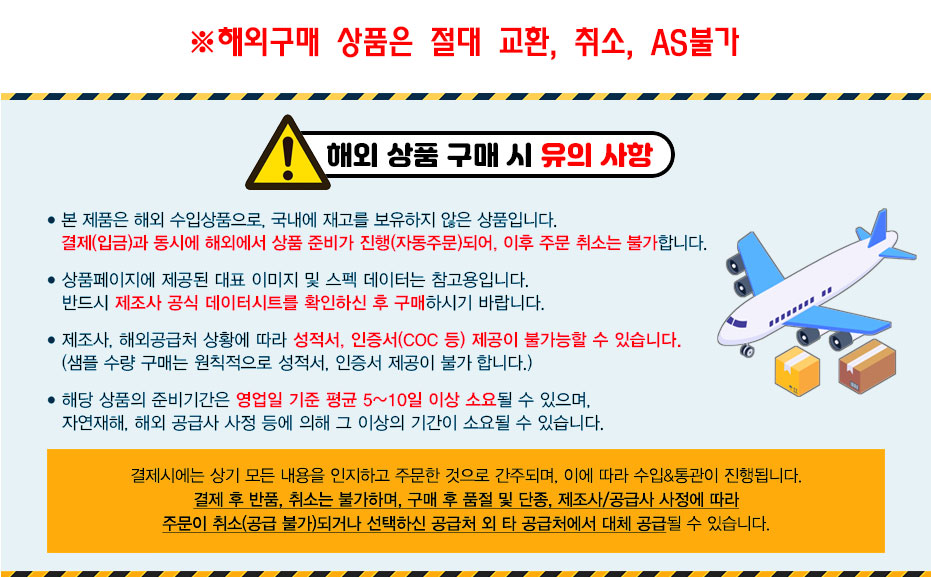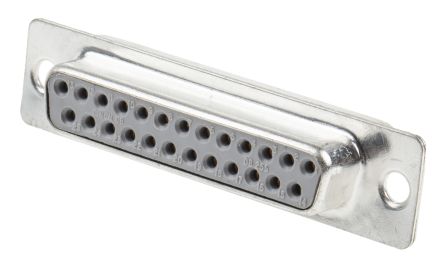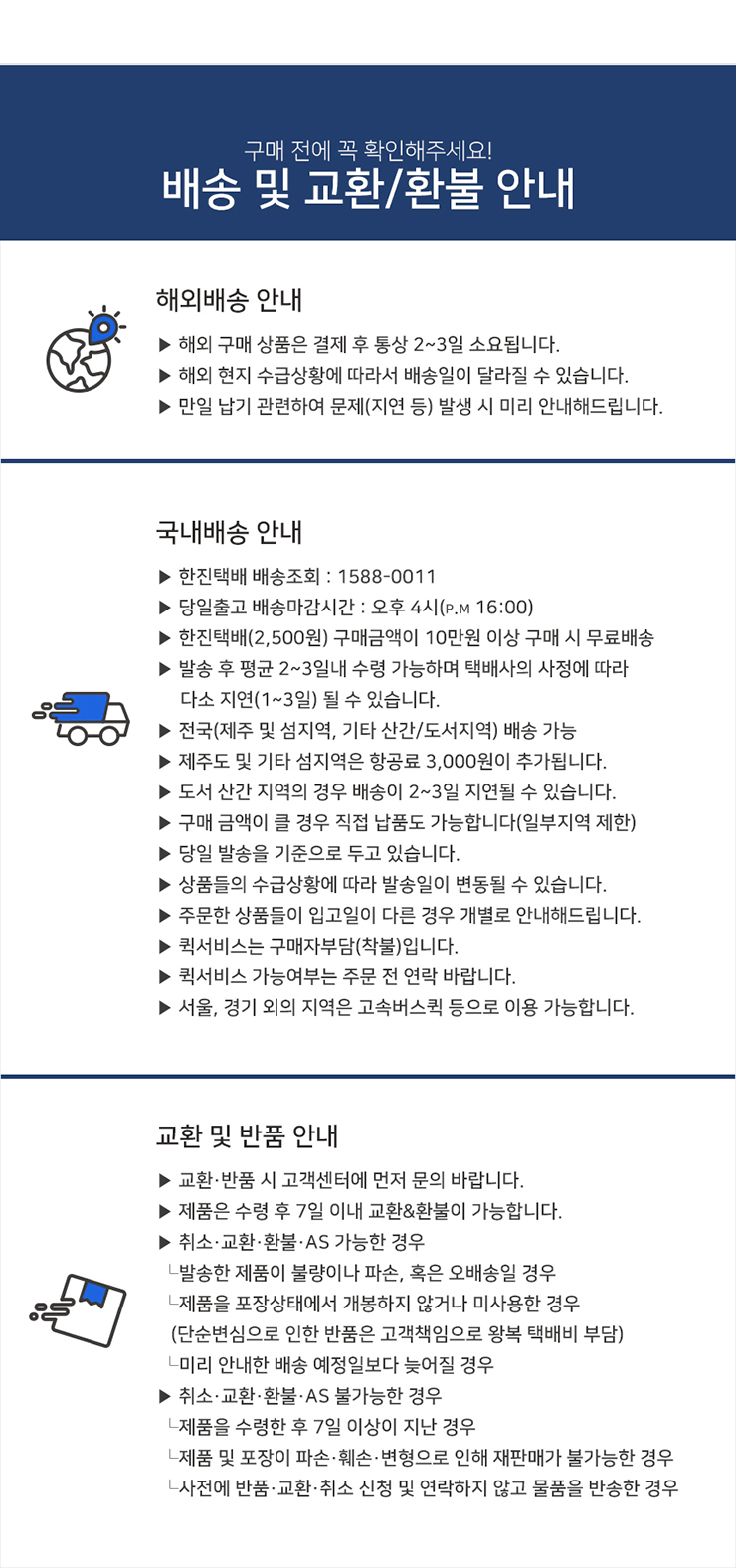
■ 제품필수정보
| 제조사 |
RS PRO |
| 제조사품명 |
RA00272P000E000 |
| 간략설명 |
RS PRO 25 Way Panel Mount D-sub Connector Socket |
■ 제품사양
연결 수 = 25
성별 = Female
신체 방향 = Straight
장착형태 = Panel Mount D Connector
타입 = Standard D-Sub
종료 방법 = Solder
Current 등급 = 5.0A Housing Material = Steel Voltage Rating = 750 V ac/dc Length = 53.04mm Width = 14.85mm Depth = 12.55mm Contact
도금= Gold Flash
최대 작동 온도 = +125°C Conforms to BS9523 F0010 and F0018 Meets dimensional requirements of MIL-C-24308, BS9523 F0018 and DIN 41652. ??Harness through ??dimensions permit the connector and wiring assembly (i.e. ??D ??connectors terminated with Speed-bloc??ribbon cable, ??IDC ??types or other version) to be passed through the panel aperture. Grounded Solder Bucket. From RS PRO a high-performance D-Subminiature connector with a bright tin plated steel shell with grounding indents for EMI and RFI shielding. Solder cup terminations on the rear of this connector allow the easy connection of wires. These D-sub connectors have an RS232 standard interface and conform to BS9523 F0010 and F0018. The pins of this subminiature connector are machined to a high quality and feature flanges with pre-drilled 3.05mm diameter holes on either side for easy panel mounting. These d-sub connectors are ideal for use in for I/O (input/output) interconnections in a wide range of industrial and commercial applications. Machined contacts Tin plated steel shells with grounding fingers to guarantee full shielding integrity when used for protection against RFI / EMI. What is a D-Sub Connector?. A D-Sub connector is a popular type of I/O connector that is commonly used in the computer and datacoms industry to provide power and point-to-point communications between two devices such as a computer and a monitor. The d-sub contains two or more parallel rows of pins or sockets surrounded by a D-shaped metal shell which provides mechanical support and ensures the correct orientation is used when mating. These d-subs are available as female D-sub sockets (or d-sub receptacles) with female contacts or male D-sub plugs with male pin contacts. The socket style female connector mates with the plug style male connector. Please note that a D-sub with a plastic shell cannot be mated with a D-sub with a metal shell. Panel Mounting. High performance design Performance Level 3 RS232 standard interface Robust bright tin plated steel shell with grounding indents for EMI and RFI shielding Machined contacts UL 94V-0 insulator Flanges containing 3.05 mm mounting holes for screw mounting to a panel Solder cups for simple wire termination. Applications. For suitable hole cutters, refer to ??D ??connector cutters (e.g. stock no. ; 477-8690 477-8690 ). Computers, monitors and scanners Networking and communications equipment Data processing equipment Industrial equipment Test and measurement instrumentation Remote sensors and dataloggers Portable electric generation equipment. (*Standard mounting dimensions). Frequently Asked Questions. How do you terminate the wires into the connector?. These d-subs feature solder cups which are hollow cup-like cavities into which the wire is inserted and secured by soldering. Firstly make sure the connector is held securely while working on it. Strip the ends of each wire using the depth of solder cups to gauge how much insulation you need to remove. Tin the exposed strands with a soldering iron and partially fill the solder cup with solder. Apply a soldering iron to the edge of the cup allowing the solder to melt. Insert the end of the tinned wire into the cup and hold it in place until the solder becomes solid. If the wire gauge is large enough to support itself in the cup place it in the cup and feed in the solder whilst applying the soldering iron to the back of the cup. How do you mount these connectors?. These d-subs are designed to be panel mounted. A hole is cut in the panel which is determined by the panel cut-out dimensions of the plug or socket. Two flanges either side of the connector incorporate 3.05mm mounting holes. Holes are drilled into the panel to align with these holes. The connector is then inserted into the panel cut-out and secured in place by inserting screws through the holes in both the connector and panel.





